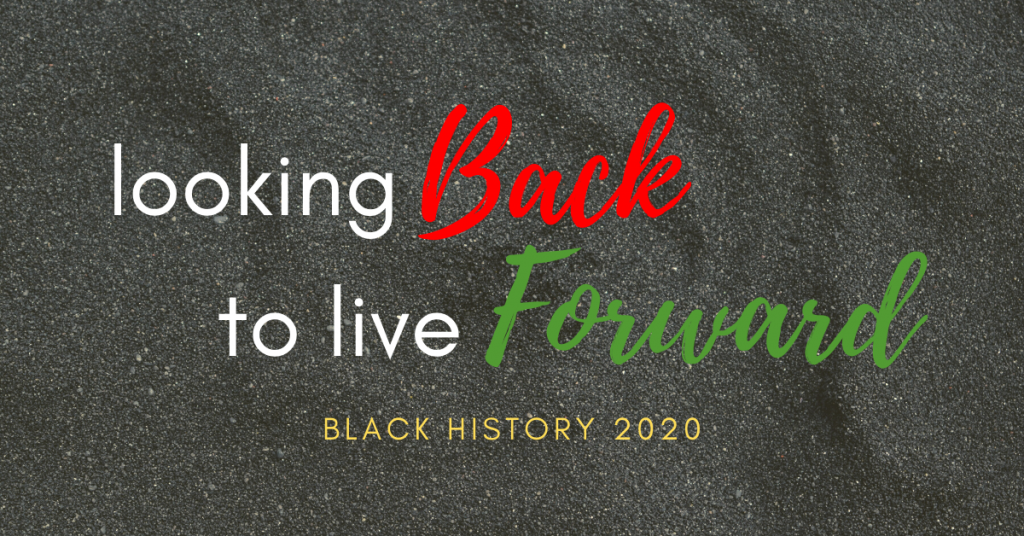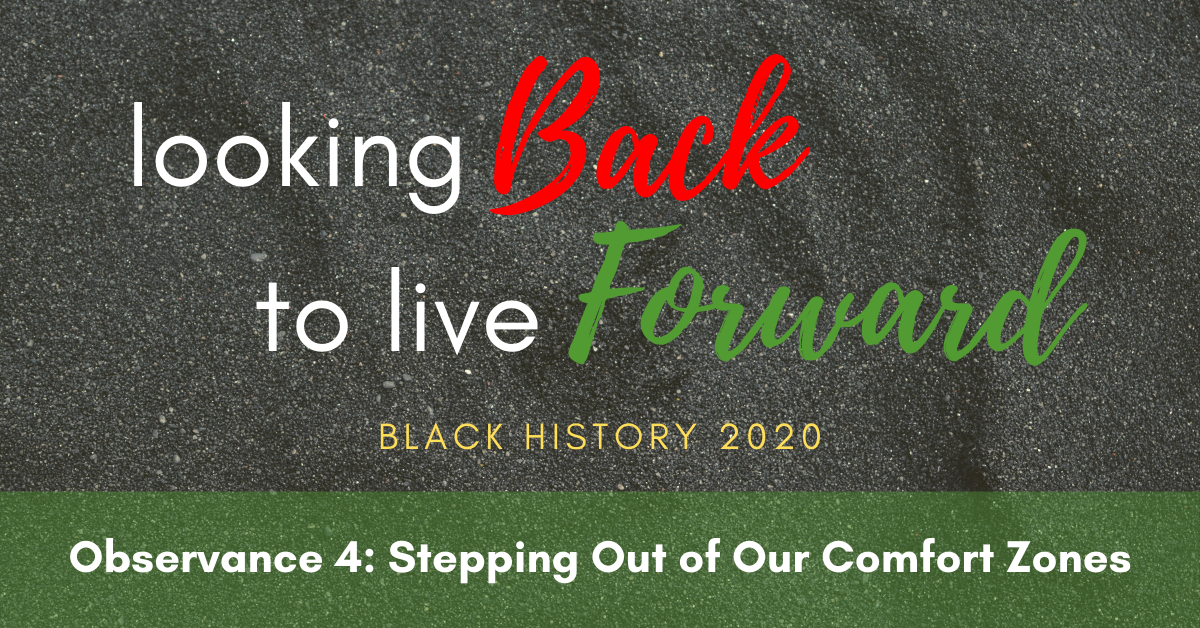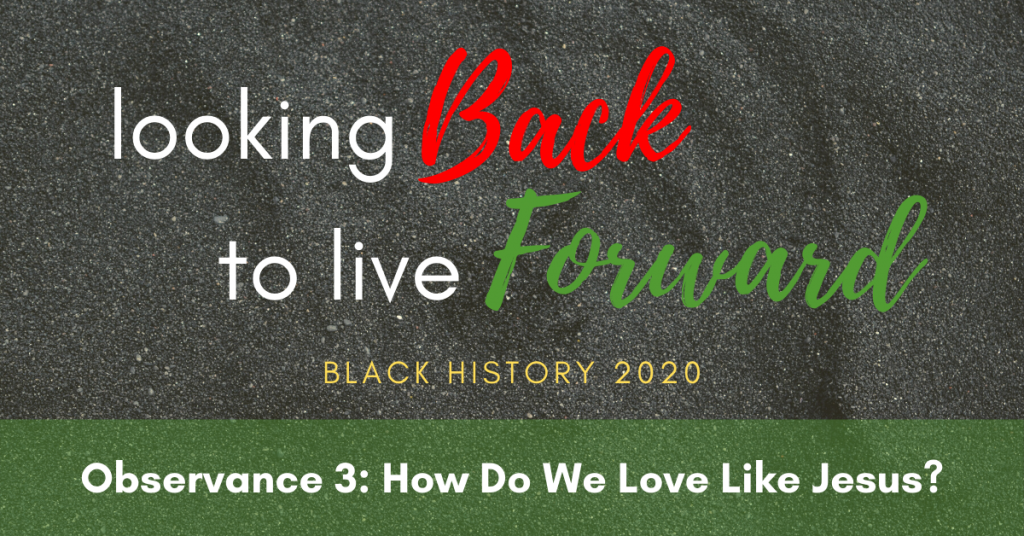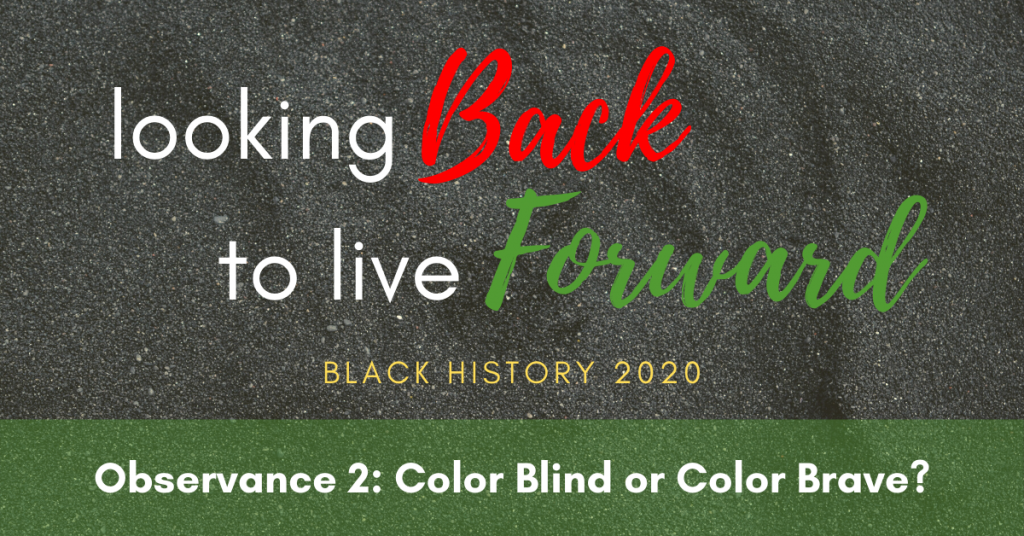As the pandemic brings to light the injustices that were for so long swept under the rugs, one can’t help but feel an overwhelming sense of helplessness. Perhaps these injustices were always there in broad daylight- but the hustle and bustle of our day-to-day lives gave us an excuse to avoid thinking about things much further. In a blog earlier this summer, Susu Lassa wrote, “COVID-19 ripped back the curtain on the various systemic problems in the U.S and worldwide, and police brutality and racial injustice were once again cast into the limelight…” This pandemic has also pulled back the curtains on the economic injustices as while over 40 million Americans filled for unemployment over the past couple of months, billionaires added a staggering $637 billion to their wealth. Looking at figures like these it seems more necessary than ever to reflect and reassess the choices we make with regards to how we live and how we consume. Over the next few blog posts, we will explore and reaffirm simple living, stewardship, just dealings, and mutuality as they relate to economic justice and economic peacemaking; especially as we go forward during this pandemic. This first post in a series of four, explores simple living in a time of consumerism and consumer culture.
Simple Living
Over the years there have been numerous Annual Conference Statements on Christian living, stewardship, and creation care -all of which, I believe, point to the importance of simple living. A 1980 annual conference statement emphasizes simplicity as a Christian way of life. But what is simple living?
Not to be confused with minimalism, which often refers to simplicity as it pertains to physical possessions; Simple living refers to a mindset focused on reduced consumption, with value placed on essentials and things that bring us joy. (Babauta) Simple living is more than just a cleared-out closet and rejection of luxury goods. It is a mindset in which value is placed on finding joy in our human connections, our community, and nature. In his book Freedom of Simplicity, Richard J. Foster argues that simplicity is “an inward reality that results in an outward lifestyle.”
By choosing to live simply, we make mental and financial space to develop our spiritual life. We shift our focus from finding ways to preserve our affluent lifestyles, to working to grow our understanding of God and all creation.
Consumer Culture and Consumerism
“Consumer culture denotes a social arrangement in which the relations between lived culture and social resources, and between meaningful ways of life and the symbolic and material resources on which they depend, are mediated through markets.” (Arnould and Thompson, 869) Rather than being a means of reflecting cultural values, consumption has become a culture value, contributing to the ever-expanding list of our needs and desires. (Goodman and Cohen)
Be aware of Consumer Culture and intentional in how you navigate through it.
Most things we do are a matter of habit, conditioning, training, and unconscious imitation. We are programmed by culture, family, and media, seldom questioning why we act as we do, or whether we are doing the things we value most. Many of the Influences which shape our behavior – hedonism, triumphalism, cynicism, legalism – run counter to the lifestyle of the kingdom of God which Jesus lived and proclaimed. (AC 1980, Christian Lifestyle)
Author Kit Yarrow in her book Decoding The New Consumer Mind writes that studies show that hidden, unconscious cues such as scents, colors, product placement, and how words sound, are now more influential to our purchase decision process than ever before. We are told what we need and increasingly our ability to discern our needs from our wants is fading -or at least it seems to be. As such, there is great power in awareness because only when people become aware of a habit are they able to make intentional decisions to combat it.
As I finish up writing this piece, I realize just how all over the place it is. But isn’t that more telling of the interwoven nature of our lives? How our choice to live simply will not only benefit us spiritually and financially, but can also benefit the community, the environment, and the next generation. For a BVS’er like me, on a tight budget, practicing simple living is the only choice. But I hope I develop a way of living that extends beyond my year here. I want to make sure that I do not take up more space and resources in this world than what was allotted for me; so that others who share this Earth with me and those coming after me can enjoy it as I have.
Suggested Reading: Consumer Culture by Goodman and Cohen
Sources
The masterpiece of a simple life | Maura Malloy | TEDxIndianapolis
Babauta, Leo. “The Simple Guide to a Minimalist Life.” Amazon, Publisher Not Identified, 2009, www.amazon.com/Simple-Guide-Minimalist-Life/dp/1455831972.
Eric J. Arnould, Craig J. Thompson, Consumer Culture Theory (CCT): Twenty Years of Research, Journal of Consumer Research, Volume 31, Issue 4, March 2005, Pages 868–882, https://doi.org/10.1086/426626
Goodman, Douglas J., and Mirelle Cohen. Consumer Culture: a Reference Handbook. ABC-CLIO, 2004.
Yarrow, Kit. Decoding the New Consumer Mind: How and Why We Shop and Buy. Jossey-Bass, A Wiley Brand, 2014.






